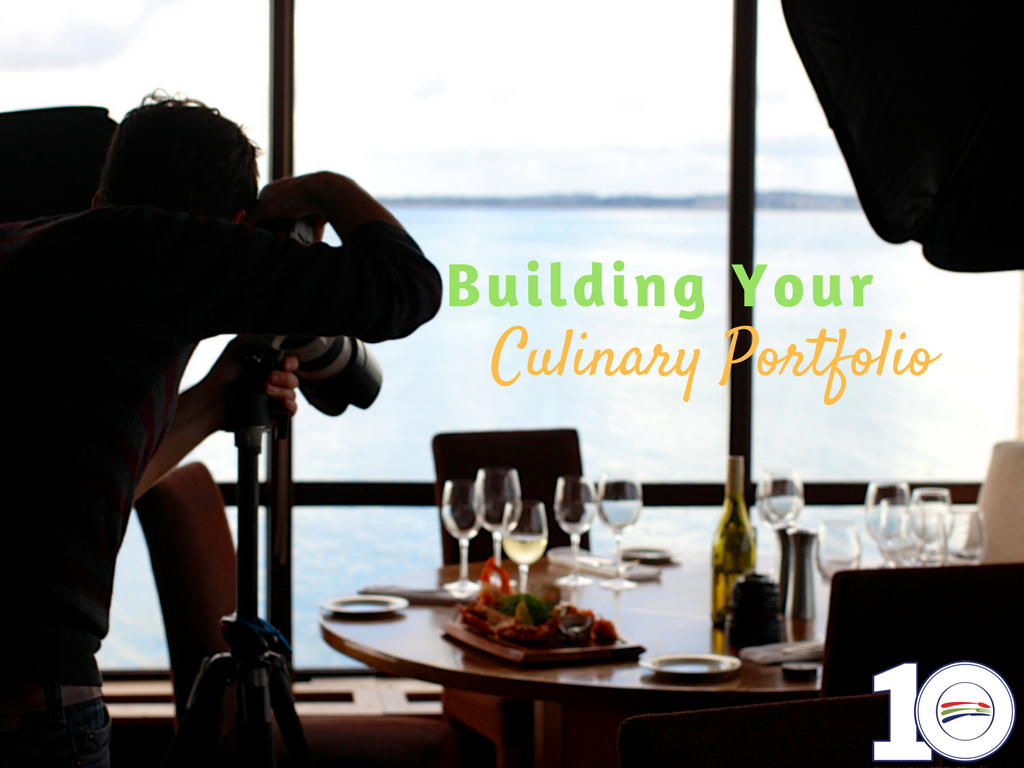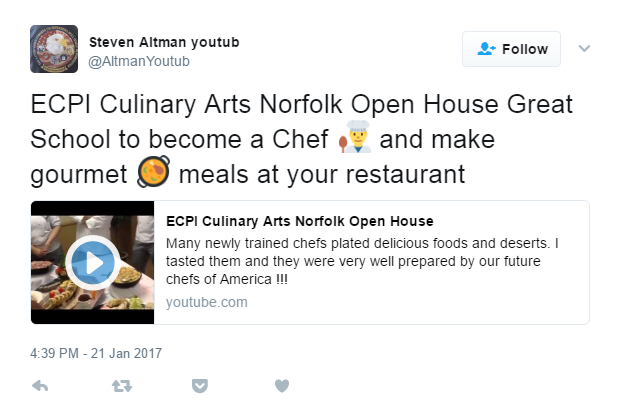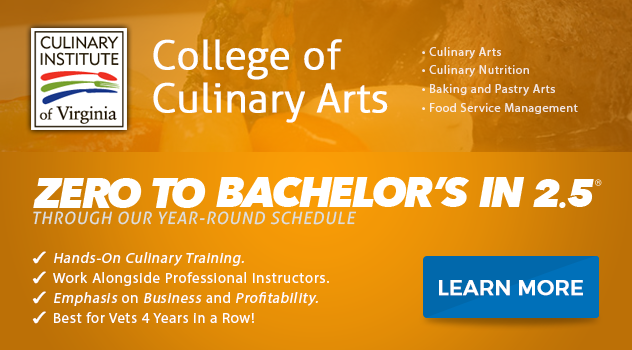
What is a Culinary Portfolio?
When looking for a job in a restaurant it’s important to set yourself apart from other applicants. One way you can do that is with a culinary portfolio. When you’ve worked hard to earn your degree in culinary arts and hone your cooking skills, you want to be able to showcase your work in a cohesive and professional package. Let’s look at exactly what you want (and don’t want) in your portfolio.
What Should I Know Before Starting a Culinary Portfolio?
Here are some general tips to get you started in create your portfolio. Keep in mind that you will need to find your own style and what works for displaying your cooking. Here are some common errors that keeps a portfolio from being truly exceptional.
Less is More
When it comes to your “About Me” section, your philosophy on cooking, or even the descriptions of your previous work, it might be tempting to start at when you were born and write everything that happened after that. Don’t do it. A restaurant manager interviewing candidates for an open position doesn’t have time to read your life story. Instead, be concise in your writing and give details without going into long descriptions.
Don’t Give Out Personal Information Prematurely
This is especially relevant if you’re doing an online portfolio. Putting your address, your cell phone number, and the full names and contact information for those who gave you recommendations is not only unneeded, but can potentially be dangerous. It’s easy enough to set up an email address specifically for your portfolio and list references as “Available Upon Request.”
Make Sure Your Portfolio is Neat and Presentable
You might think the only thing that matters is your cooking and skills, but if you send a potential employer to your websites and they can’t read the fancy script font you’ve chosen, the website isn’t going to be that helpful. If you take photos of your food and they are all too dark, whether your portfolio is online or on paper, the hiring manager is not going to be able to tell if your food is finely crafted. Bottom line, a good portfolio is enjoyable to look at and will stand out in someone’s mind.
Don’t Let Your Ambition Out Pace Your Skills
If you’ve decided to put together a digital portfolio and have minimal experience with websites, don’t set out to code yourself the perfect site. Nothing is worse than poor, non-functional design making surfing your portfolio impossible or unpleasant. Many websites exist to provide templates for this very project.
What Goes into a Culinary Portfolio?
So you’re ready to start your portfolio, but where do you begin? It’s important to have a plan before you start. Ask yourself, what are your goals for making this portfolio? Do you have all of the needed materials? Are you able to create the portfolio using your own skills and the help you have available?
When you’re ready to start, there are some key items you should include. You should be sure to focus your portfolio around your own cooking style. For example, if you specialize in Mexican cuisine, be sure your portfolio doesn’t have an entire section devoted to Russian tea cakes. Have fun and be creative. This is your chance to show what you’re capable of!
About Me Section
In this section you could discuss your work history, your philosophy of cooking, or your plans for the future. If you don’t have a lot of experience, you could discuss what inspired your love of cooking or any future culinary goals you have.
Work History/Resume
Here is your chance to show off your education and previous employment. If you don’t have many food service related credits to your name, don’t worry. A well laid-out portfolio can speak volumes about your professionalism and work ethic. Be sure to add in any culinary school credentials and externships you experienced in school.
Food Photos
It’s one thing to look good on paper, but hiring managers want to see if you can cook, more than anything else. Providing good quality photos will allow them to see your work in detail. Pick your best dishes and provide descriptions to show off your hard work.
Sample Menus
For someone wanting to become a chef, you have to do more than simply cook the food. You also have to come up with menus, create signature dishes, and more. This is your opportunity to display your training.
Credentials and Certifications
Have you been certified in alcohol service? Foodborne illness? Allergens? ServSafe, part of the National Restaurant Association, is the leader in providing safety certifications to those working in restaurants. Having a certification could put you ahead of other candidates.
Media, Awards, and Recommendations
This is the part of your portfolio where you get to brag a little. Mention any media coverage, including the school’s coverage, of your work. If you’ve done an externship, ask your supervisor for a few sentences for a recommendation. Also include statements from your chef instructors and your fellow students.
If you’re interested in the culinary arts and want to get the educational background you need to help you along your way, consider ECPI University’s Culinary Institute of Virginia. Offering an Associate of Applied Science in Culinary Arts in an accelerated format, students could learn faster and be ready to graduate sooner. For more information, contact a friendly admissions advisor today.
It could be the Best Decision You Ever Make!
DISCLAIMER – ECPI University makes no claim, warranty, or guarantee as to actual employability or earning potential to current, past or future students or graduates of any educational program we offer. The ECPI University website is published for informational purposes only. Every effort is made to ensure the accuracy of information contained on the ECPI.edu domain; however, no warranty of accuracy is made. No contractual rights, either expressed or implied, are created by its content.
For more information about ECPI University or any of our programs click here: http://www.ecpi.edu/ or http://ow.ly/Ca1ya.



